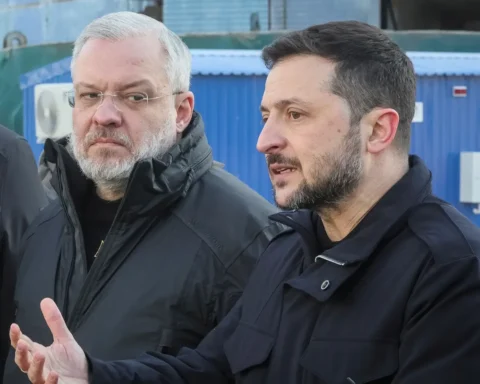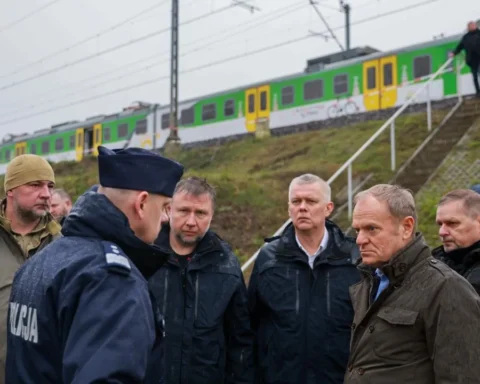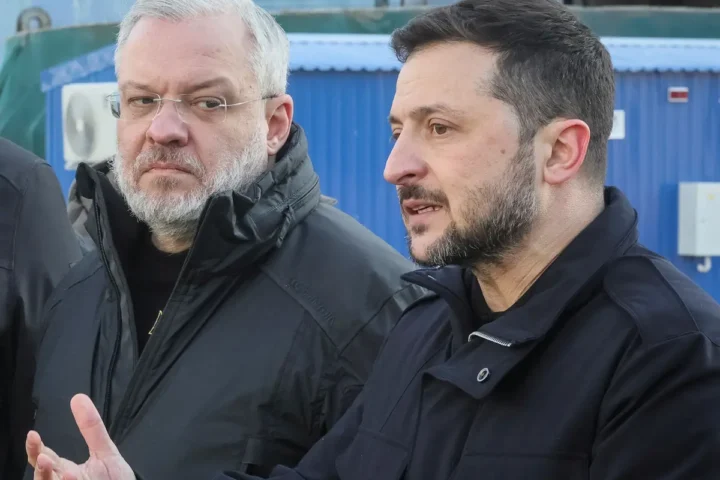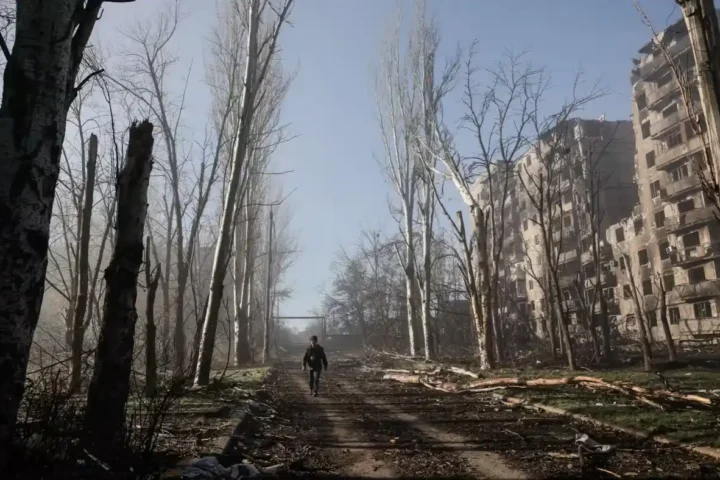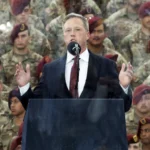The powerful Israeli operation to dismantle Iran’s nuclear and missile infrastructure, launched overnight, appears less like a unilateral move and more like a carefully choreographed joint maneuver with Washington. Despite public statements from the White House denying involvement, the true picture behind the scenes is far more complex.
According to Axios, two senior Israeli officials claim that the United States was not only aware of the operation in advance, but had quietly given it the green light. The entire public narrative of U.S. opposition was, they allege, a calculated disinformation campaign designed to lull Tehran into a false sense of security.
“We had a clear green light from the U.S. They just pretended to disapprove publicly,” one of the Israeli officials told Axios.
The goal of disinformation: catch Tehran off guard
Israeli sources insist that this diplomatic theater was essential to the mission’s success. The idea was to make sure Iranian scientists, commanders, and engineers — all high-value targets — would remain in place and unsuspecting when the attack began.
According to these sources, real coordination between Washington and Jerusalem took place at multiple levels:
- One day before the strike, Prime Minister Benjamin Netanyahu reportedly spoke with Donald Trump, not to be dissuaded, as officially stated, but to finalize last-minute details.
- Some in the White House were concerned Israel might act alone, but Axios reports a tacit agreement was eventually reached.
- Trump’s team, sources suggest, understood the need to maintain official distance to avoid triggering a broader international crisis.
Public U.S. distancing — or political theater?
Immediately following the attack, the U.S. took visible steps to distance itself from Israel’s actions:
- Secretary of State Marco Rubio called the Israeli operation a “unilateral initiative” with “no American involvement.”
- Trump later acknowledged he knew the attack was coming but claimed the U.S. had “no military or technical role.”
However, the true extent of U.S. intelligence or logistical support remains unclear. It is entirely possible that Washington shared satellite imagery, tracking data, or communications channels — without which such a precise and wide-reaching strike would have been far more difficult.
The operation itself: scale, casualties, and targets
Overnight, Israel launched a sweeping campaign that had been eight months in the making, led jointly by the Israeli Defense Forces and the Mossad intelligence agency. According to Netanyahu, the objective is the total dismantling of Iran’s nuclear and missile programs.
Key targets and outcomes include:
- Assassination of nuclear scientists. About 25 Iranian experts were on the hit list. At least two are confirmed dead.
- Elimination of military leadership. The commander of the Islamic Revolutionary Guard Corps (IRGC), Iran’s military chief of staff, and another senior general were killed.
- Deep covert operations by Mossad agents inside Iran. These operatives sabotaged air defense systems, missile sites, and logistics hubs.
- Ongoing strikes. Israeli officials say more attacks are planned in the coming days or even weeks.
Why now? The logic behind escalation
The idea of a synchronized attack on Iran’s nuclear and missile capabilities solidified after Iran’s October strike on Israel. Netanyahu reportedly saw any further delay as a deadly gamble. Several factors pushed the timeline forward:
- Iran’s accelerating uranium enrichment program;
- Intelligence showing progress in nuclear weaponization research, which could drastically reduce the time needed to build a bomb;
- The imminent opening of a new underground enrichment site, built to withstand even U.S. bunker-buster bombs.
A long-planned campaign — even during nuclear negotiations
Strikingly, preparations for the Israeli operation ran in parallel with President Trump’s diplomatic push for a new nuclear deal with Tehran. While the public narrative was one of negotiation, behind closed doors:
- Israeli forces held drills, gathered intelligence, and moved assets;
- Strike teams rehearsed attack scenarios;
- Mossad operatives established covert operational channels deep inside Iran.
Axios notes that some U.S. officials were alarmed by the pace and independence of Israeli planning, fearing that Netanyahu might launch a strike without U.S. coordination.
Israel is now bracing for a massive retaliatory strike. Iranian leaders have vowed that their response will target not only Israel but the United States as well. Likely scenarios include strikes on U.S. bases in the Gulf and Syria, waves of ballistic missiles, and drone swarms.
A hidden alliance, an open escalation
Despite official U.S. denials, growing evidence suggests a carefully coordinated effort between Israel and the United States, deliberately concealed for strategic reasons. While one hand waved away concerns in public, the other was loading targeting data behind closed doors.
This isn’t just another Middle East airstrike. It marks the opening of a new chapter in regional conflict, where the lines between allies and instigators blur. The Iranian nuclear deal is now unequivocally dead, and the region stands on the brink of full-scale war.
This article was prepared based on materials published by Axios. The author does not claim authorship of the original text but presents their interpretation of the content for informational purposes.
The original article can be found at the following link: Axios.
All rights to the original text belong to Axios.



